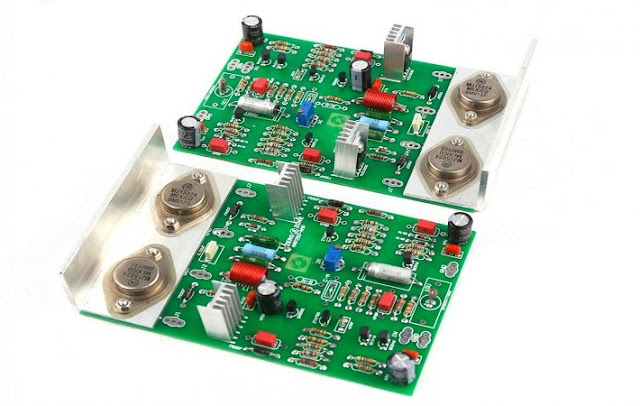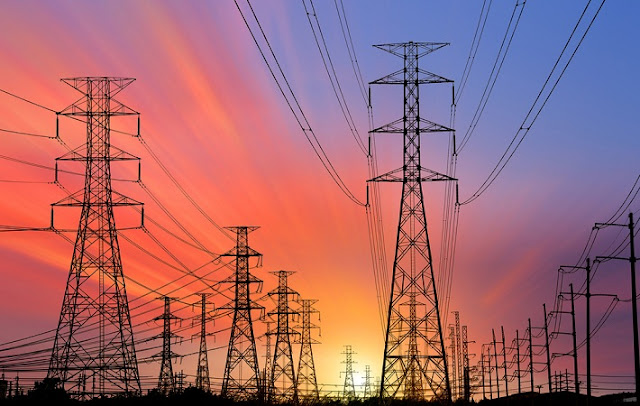How Harmonic Filter Is A Practical Solution on Plant Equipment?
Tagged as: harmonic distortion.
The ratio of usable real power to non-usable apparent power, also known as reactive power, is the power factor of an electrical system. This means that high levels of Harmonic Distortion can put a strain on the distribution networks of utilities and plants, causing problems.
Not only will on-premises utility usage be more expensive, but facilities with low power factors will be charged a higher utility usage rate than those with high power factors.
Higher voltage peaks caused by harmonic distortion, for example, place additional stress on your system, which might lead to insulation damage and failure. That is why opting for Power Factor Correction is a device that decreases or mitigates harmonics to acceptable levels. This AHF eliminates harmonics and offers reactive assistance to the system, resulting in a higher power factor.
The following are some of the detrimental effects that harmonics can have on plant equipment:
- CONDUCTOR OVERHEATING: A function of the conductor's square RMS current per unit volume. Harmonic currents on undersized conductors or cables which is analogous to a centrifugal force and rises with frequency.
- INDUCTORS: It can be affected by harmonic distortion when increased heat rise owing to power loss and lower capacitor life.
- FUSES AND CIRCUIT BREAKERS: Harmonics can induce erroneous or spurious operations and trips, resulting in component damage or blowing out for no apparent reason.
- TRANSFORMERS: Stray flux losses have resulted in increased iron and copper losses or eddy currents and become overheated as a result of this. For non-linear loads, it's usually best to utilize appropriate "K factor" rated units.
- GENERATORS: To work properly, the voltage regulator and controls require perfect sizing and coordination. Multiple zeros can cause interference and operating instability by disrupting the voltage regulator's timing.
Importance of AHF:
Power Quality is used to reduce power quality issues by reducing thermal and electrical stress on electrical infrastructure, eliminating the danger of harmonics-related reliability difficulties, and allowing for long-term energy efficiency and cost savings.
It provides the following advantages and performs the following functions:
- Provides non-destructive current and voltage waveforms to connected loads, releasing capacity by eliminating losses caused by harmonics on lines and transformers.
- Reduces triplen harmonics, which cause the current to flow through the neutral to increase.
- Reduces overheating of equipment and/or fire dangers, which protects the electrical system.
- Improves voltage and current phase balance.
- Helps nonlinear loads have a higher power factor.
- Adherence to total harmonic distortion (THD) and total demand distortion (TDD) restrictions established by international standards bodies such as IEEE and IEC.
- Installing AHF allows you to make the most of your power supply while also lowering maintenance costs.
- The most significant advantage of these filters is that they lower your power bill and provide a combination of active and passive filters.
Ending notes,
Do you prefer the notion of lowering the voltage and current Harmonic Distortion, or are you aiming to reduce heat and motor deterioration? Power Survey can dazzle you with an active filter that defines high quality and dependability, and it can even reduce current intake while increasing production consistency.
Source URL: How Harmonic Filter Is A Practical Solution on Plant Equipment?

